DMM UNI-T UT139C
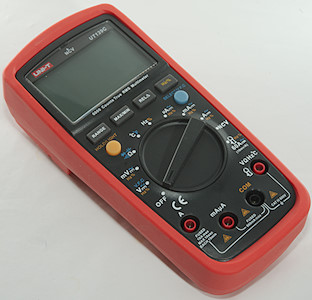
Uni-T has a large selection of DMM in their program, this model exist in A, B and C version, main difference is 2000, 4000 and 6000 count display, there is also a small variation of included functions. In this review I will look at the C version.
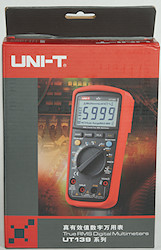

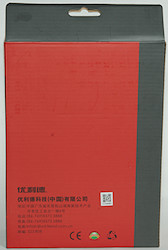

The meter arrived in a red box with English and Chinese writing.


The probes are branded UNI-T and rated for 10A and 1000V

The removable tip must be on for best safety.
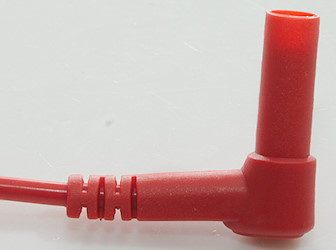
The plug is fully shrouded.
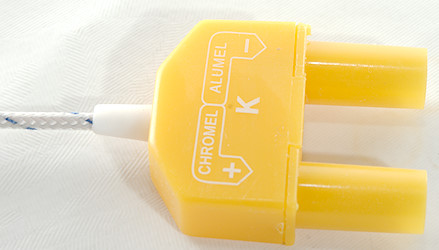

The thermocoupler has a single connector to the multimeter end, that is considerable better than the two loose bananaplugs.
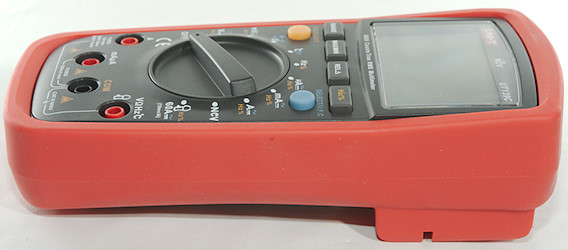
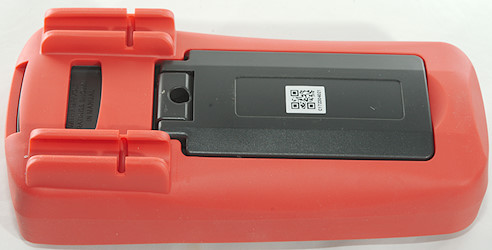
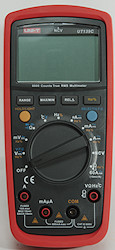

The tilting bale is just about stable enough to change range and use switches with one hand.
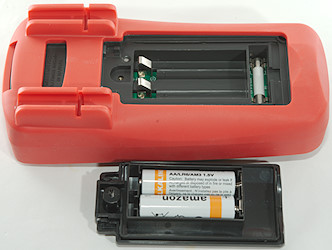
The 600mA fuse is accessible from the battery compartment.
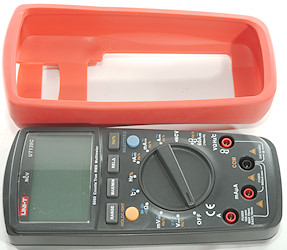
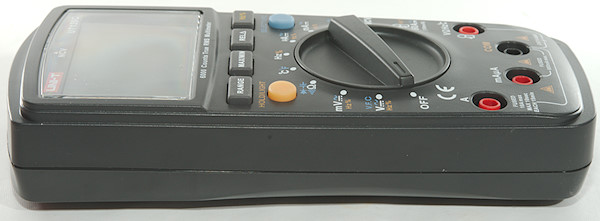
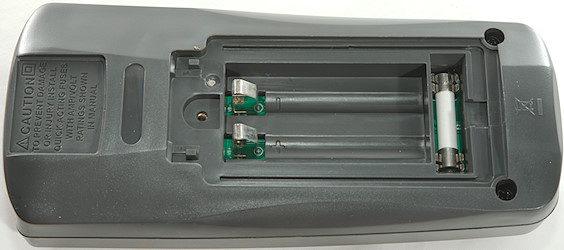
Display
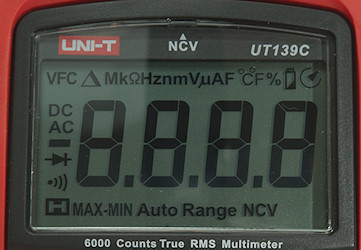
The above picture shows nearly all the segments on the display.
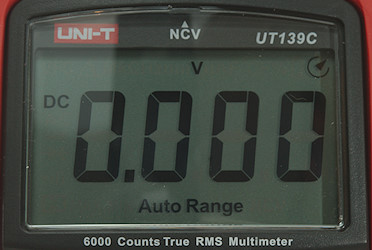
Typical display during usage, it will show the number and what measurement is selected.
The circle with arrow shows that auto power off is enabled, hold down SELECT when turning on to disable this.
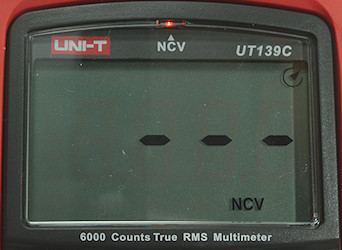
The electric field detection (NCV) shows from 1 to 4 bar depending on field strength.
Functions
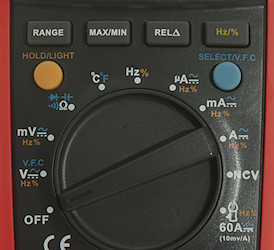
Buttons:
- Range: Switch to manual ranging and will also change range, hold down to get back to automatic
- Max/Min: Starts recording min/max values, press the button to change between min/max (Both are saved) and max-min, hold down to exit.
- Rel: Uses the current value as reference and will show all further readings relative to this, will change to manual range.
- Hz %: Select Hz and duty cycle display, works on all AC volt and current ranges, will select duty cycle in HZ range.
- Hold/light (Yellow): Will freeze the display, hold down to turn on background light
- Select/VFC(Blue): Selects the ranges printed with blue on the rotary switch, hold down to enable a low pass filter on AC volt.
Rotary switch:
- Off: Meter is turned off
- V: Show DC and AC voltage, use Select for AC and "Hz %" for frequency an duty cycle.
- mV: Show DC and AC voltage, use Select for AC and "Hz %" for frequency an duty cycle.
- ohm: Resistance, continuity, diode and capacitance.
- Hz %: Frequency
- uA: Current DC and AC, use Select for AC and "Hz %" for frequency an duty cycle.
- mA: Current DC and AC, use Select for AC and "Hz %" for frequency an duty cycle.
- A: Current DC and AC, use Select for AC and "Hz %" for frequency an duty cycle.
- NCV: Non contact voltage, i.e. electric field.
 : External current clamp with 10mV/A
: External current clamp with 10mV/A
Input
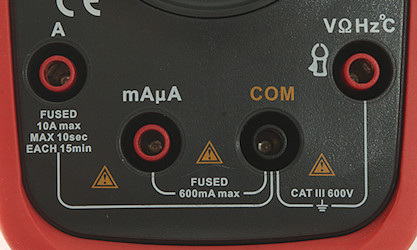
- 10A: High current, it can only withstand 10+ ampere for a short time (Fuse is 10A).
- mAuA: The lower current ranges, the selector switch will change between two different shunts (Fuse is 600mA).
- COM: The common terminal for all ranges.
- xxx: All other ranges, including external current clamp.
Measurements
- Volt and frequency
- Frequency counter and duty cycle can only be selected in AC ranges.
- Frequency input requires a zero crossing.
- Frequency input requires about 0.02Vrms before it works.
- Max/min needs about 350ms to capture a voltage.
- At 0.1Vrms input frequency range is from 0.9Hz to 4MHz
- At 1Vrms frequency input range is from 1Hz to 49MHz
- 1 VAC is 5% down at 2kHz, rms will not work at this frequency
- VFC only works in 600.0 and 600 volt mode and reduces bandwidth to about 900Hz
- Duty cycle works from 2% to above 99% at 100kHz with 3Vpp, precision is within 0.9.
- Input impedance is 10-11Mohm on DC and AC
- Input impedance is high on mV DC range up to about 2V where it drops to 100k and at 12V it drops to 2K.
- Input impedance on mV AC range is 10Mohm up to about 2V where it drops to 100k and at 12V it drops to 2K.
- Voltage ranges are rated for 600V DC/AC input.
- Frequency input impedance is 10Mohm at 1V, dropping to 100kohm at 12V and 2kOhm at 30V
- Current
- Frequency counter and duty cycle can only be selected in AC ranges.
- 10A range has audible alarm when current is 10A or above.
- 10A range protected with a 10A/600V 6.3x25mm fuse
- mAuA range is protected with a 0.6A/600V 6.3x32mm fuse
- Ohm, Continuity, diode and capacitance
- Ohm needs about 2.5s to measure 100ohm
- Ohm is 0.97V open and 0.30mA shorted
- Continuity is fast (About 20ms).
- Continuity beeps when resistance is below 50ohm
- Continuity is 1.01V open and 0.30mA shorted
- Diode range uses 3.2V, max. display is 3.000V at 0.09mA, max. current is 1.21mA shorted
- 70000uF takes about 10 seconds to measure.
- Range are rated for 600V input.
- Miscellaneous
- Current consumption of meter is 1.3mA to 1.7mA (6mA with backlight)
- Meter works down to 2.2V where meter turns off, battery symbol show at 2.4V.
- Backlight only works down to about 2.7V
- Reading is stable with varing battery voltage.
- The meter usual need a couple of display update to reach the final value.
- Viewing angle is good
- Display updates around 3 times/sec
- Backlight will automatic turn off in about 15 seconds.
- Will automatic turn power off in about 15 minutes.
- Standard probes fits fine, but cannot be seated fully.
- Generally precision is within a few counts, but there are ranges where it is 20 counts out.
- Weight is 354g without accessories, but with batteries and sleeve.
- Size is 175 x 81 x 47mm with sleeve.
- Probes
- Probe resistance 40mOhm for one
- Probe wire is soft and 88cm long.

A look at the capacitance measurement waveform.

Frequency input impedance depends on voltage.

It is just outside tolerances on the high ohms measurements (2% out)
Tear down
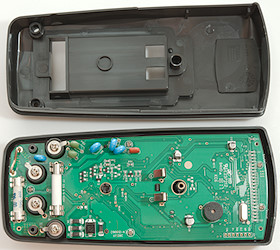
3 screws (One was for the battery cover) and the back could be removed.
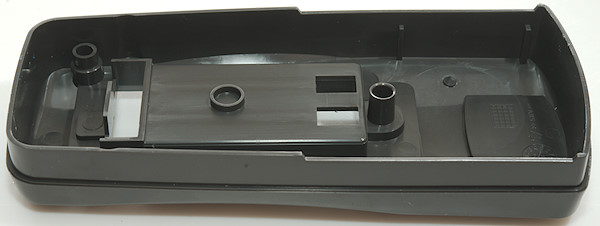
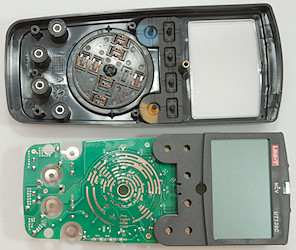
The front required 4 screws for the terminals and 3 small screws for the circuit board.
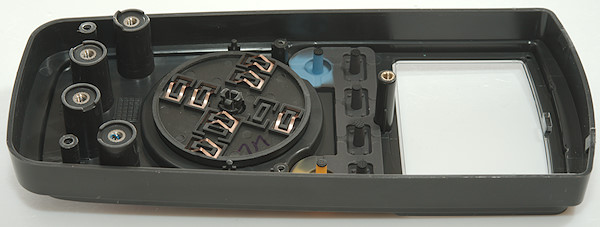

There is something under the display
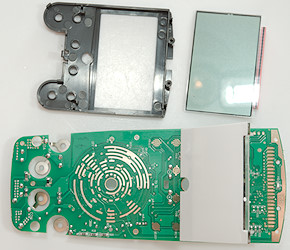
Two screws more to remove the display, but not the backlight, it is soldered to the circuit board.
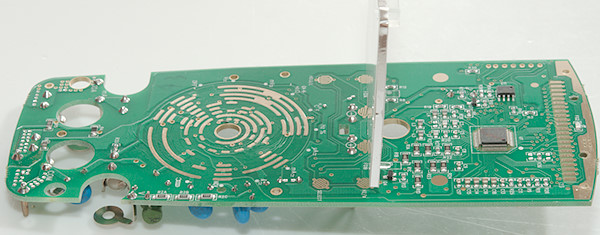
But I can bend it up (at least a few times).
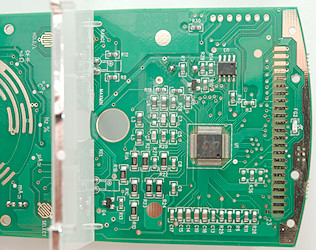
Here is the DMM chip (U1: DTM0660L) and the memory (U3: T24C02A) for calibration and functions setup. At the front is the NCV antenna and the indicator led (FG2). One of the voltage dividers are here (R1A, R1B, R1C, R1D: 4x2.5Mohm)

Here is the range switch and some resistors.
A input chain (R2A, R2B, R2C: 3x300kohm), the uA shunt (R4: 99ohm) and the mA shunt (R5: 1ohm)
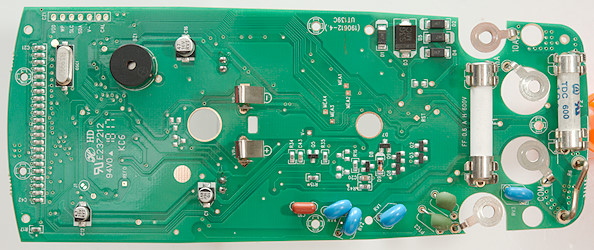
On this side is the fuses, I wonder why the 600mA (F1) is longer than the 10A (F2). There is four MOV's and two PTC for input protection. The transistors (Q2, Q3, Q8, Q9) do also look like protection. The 5 diodes (D1..D5) is protection for the uA and mA current range.


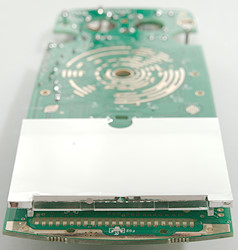
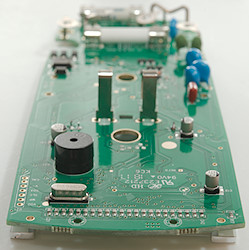
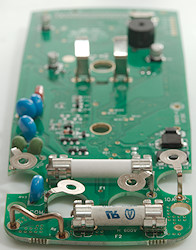
Conclusion
This meter has all the usual functions and a few extra like NCV, VFC, external clamp (Any meter can use an external clamp, but this meter places the decimal point correct). As usual the burden voltage in the high mA is very bad.
The meter has a lot of protection and the fuses are rated for 600V, but I am lacking a current interrupt rating for the fuses.
This meter looks like it is fine for mains voltage and anything below.
Notes
UNI-T makes two versions of some meters, one living up to its CAT rating and one that do not.
UNI-T sell rebranded versions of their meters, i.e. you can get this meter with another name on it.
How do I review a DMM
More DMM reviews
 : External current clamp with 10mV/A
: External current clamp with 10mV/A























 : External current clamp with 10mV/A
: External current clamp with 10mV/A


















